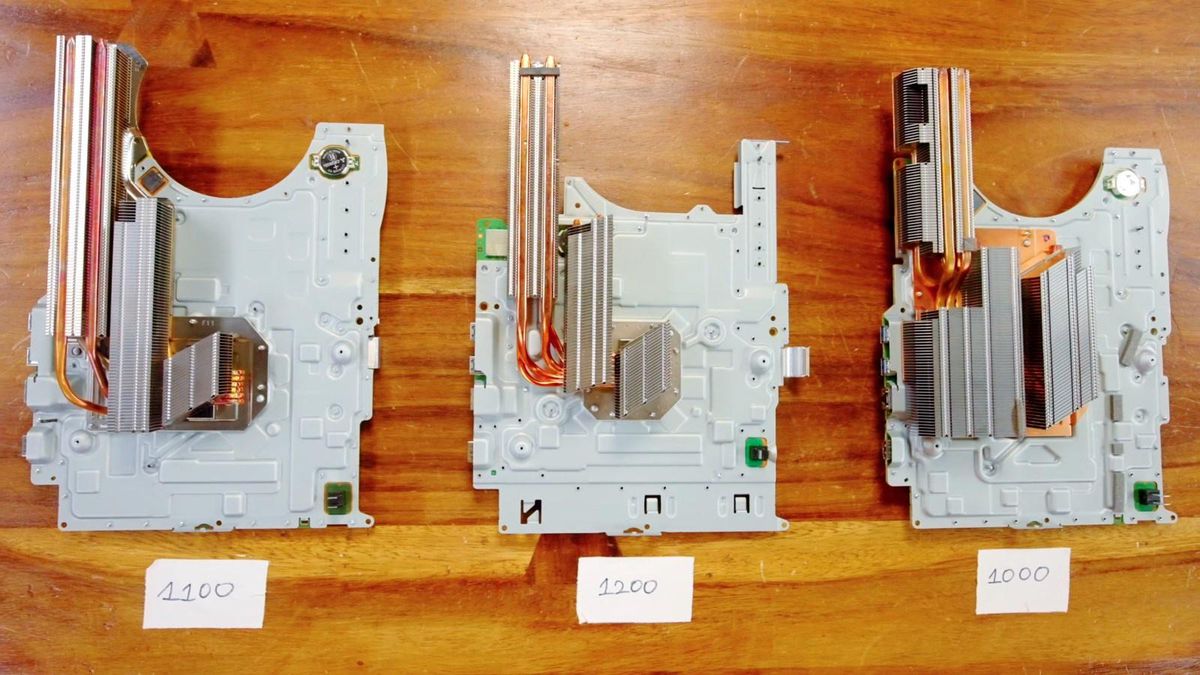The Rhino Dolly was designed to be a quick-to-set up, easy-to-use, portable dolly solution. Dollys allow you to create smooth movement from a steady platform and they are invaluable on a lot of shoots. The biggest caveat with dollys is that they are usually difficult to transport and they can be time-consuming to set up.
The design philosophy behind the Rhino Dolly was to create an entire system that fits into a single transportable hard case. This meant that Rhino needed to create a product that featured a decent-sized carriage (with a 100mm bowl), end plates, rails, support legs, and the ability to add an optional motion control system all while making sure it didn’t end. up in multiple hard cases.
Rhino managed to do this, and not only did everything fit into a single case, but there is also a foam cut out for the Rail Support accessory so you can effectively carry a 10.5ft Dolly if you’re not using the Carbon Quick Legs.

A quick set-up time was also part of the design philosophy and Rhino claims that they have been able to set up the Dolly in less than 60 seconds.

A lot of times when people use larger-sized dollys they capture shots manually by pushing the carriage from side to side. Even though this is what a lot of users are proably going to do, Rhino gives you the option of using its Rhino Arc II motion control system. This is as easy as attaching the belt, and mounting it to Rhino Dolly. The Arc II powers the motor built into the Rhino Dolly Carriage. With this attached, you can pre-program repeatable moves, etc. The optional Rhino Focus can be added to the Rhino Arc II and you can then set up to 5 keyframes.

If you want to make the Rhino Dolly longer you can. Users have the ability to screw on more rail segments and support every 7ft with Rhino’s snap-on rail support. The rail support has a 3 / 8-16 thread and can work with the Carbon Quick Legs. Rhino has been making rails for smaller-sized sliders for years and they have used that same design philosophy of having screw-together segments so you can change the length as required. Having screw-together rails, allows you to break them down into smaller segments which in turn, makes them easier to transport.

One of the biggest issues with dollys is how to support the rails. Tripods, C-Stands, or Low-Boy Stands will all work and Rhino Dolly supports them, but in order to save space and create faster setups, they came up with their own Carbon Quick legs. The Carbon Quick legs store in the case and screw into the endplates. The legs have markings so you can easily adjust them all to the same height if you are on slightly uneven terrain.

When the legs are fully extended the half ball is at ~ 54.5 ″; high enough for standing shots. When the legs are fully collapsed the half ball is at ~ 24.

The carriage has a 100mm built-in bowl so you can use your own fluid head or use the included half ball with a 3 / 8-16 stud to mount the Arc II or your flat-based fluid head. The bowl allows you to level your camera up to 10 degrees in any direction so you can use Rhino Dolly on an angled surface. The tightening knob even has a 3 / 8-16 stud so you can mount your camera or Arc II in “Underslung Mode”.

Rhino Dolly End Plates use adjustable cam-clamps to secure your rails when setting up. They fit Rhino Infinity Rails, US or Euro Speed Rail, or 1 1/2 ”EMT. The End Plates have a built-in bubble level.
Rhino Dolly’s end plates double as feet for low to the ground shots. For higher shots, you can use a tripod using the included quick mount, or a Low Boy or C Stand with an optional adapter.

The top of the carriage has four Arri Mounts so you can mount a monitor or accessories when you don’t want to mount them to your camera rig.
Weight & load capacity

The Rhino Dolly carriage and end plates weigh 23lbs / 10.43kg. A set of four 7 ′ infinity rails weighs 13lbs / 5.89kg. The load capacity of the system is claimed to be 100lbs / 45.36kg when it is on the ground or a flat surface. Once you attach the dolly to the carbon quick legs, that load capacity drops to 75lbs / 34.02kg at its lowest height of 24.5 ″ / 62cm, and just 30lbs / 13.6kg when it is at its highest height of 54 ″ / 1.37m.
Now, if you add the Rhino Arc the load capacity drops to 25lbs / 11.34kg (pan & slide) and just 15lbs / 6.8kg (pan / tilt & slide).
It is interesting that Rhino doesn’t mention how much the total weight of the kits is when they are in the included hard cases. This would be good to know because anything over about 32kg can’t be checked in on most aircraft.
Price & Availability
The Rhino Dolly, like so many other products these days, is being launched on Kickstarter. The most affordable kit, the Rental Kitretails for 1,800 USD. The Basic Kit costs 2,400 USDand the Ultimate Kit that includes the Rhino Arc II costs ,000 4,000 USD.

Above you can see how the optional accessories will be.
The Rhino Dolly system isn’t expected to start shipping until December this year. With any crowdfunding platform, there are no guarantees that you will ever see the product you paid for or that it will ship on time. Please use common sense and understand the risks before deciding to back any project.
Thoughts
This looks like a decent dolly system, but it is hardly revolutionary in any way. There have been similar products on the market for many years. I personally own a RigWheels Passport 2 Camera Slider / Dolly (2,500 USD) which also breaks down and fits into a single case.
There is also the Tango Roller by Prosup Professional Camera Support that also breaks down and comes in a single case.















